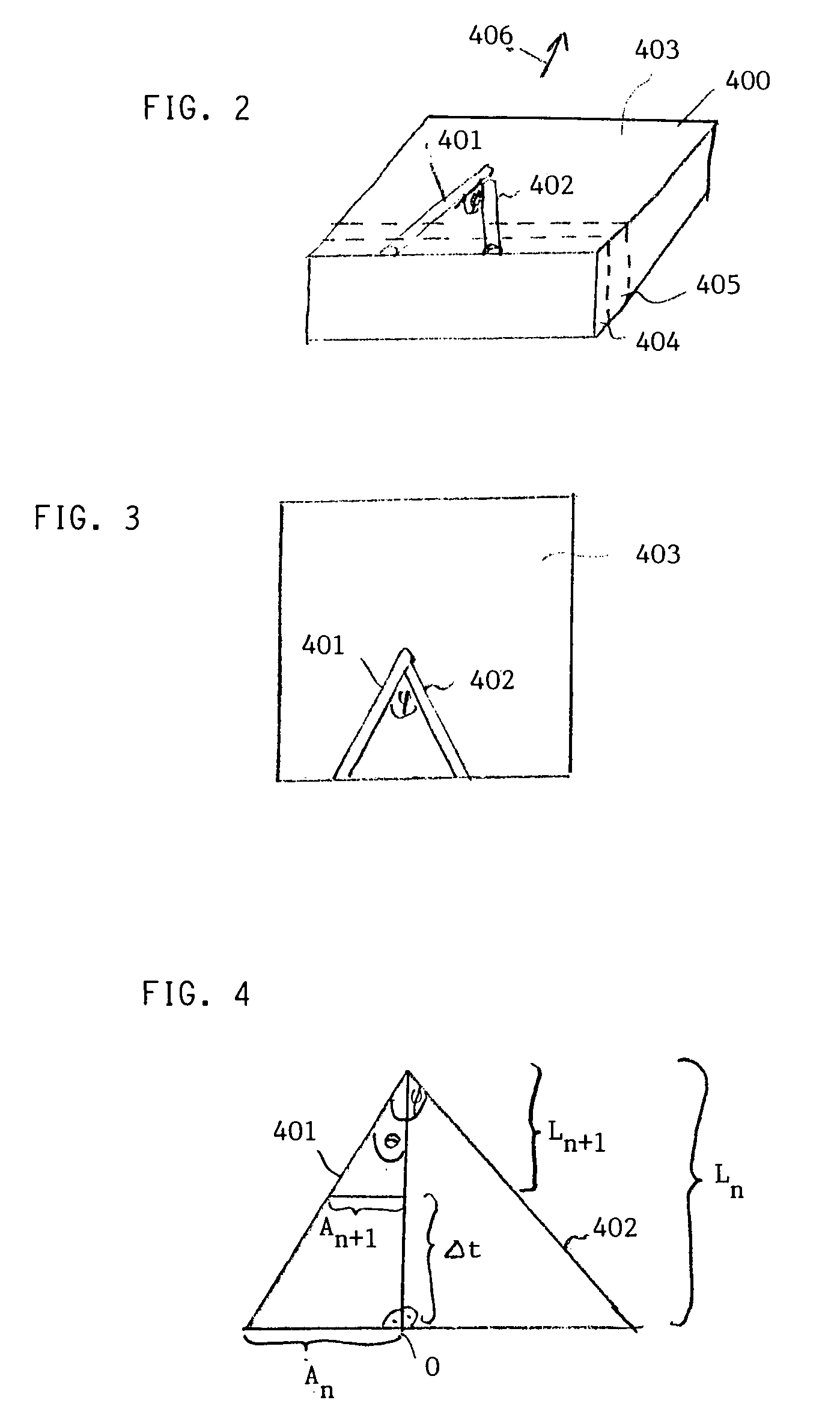Method and apparatus for quantitative three-dimensional reconstruction in scanning electron microscopy
a scanning electron microscopy and three-dimensional reconstruction technology, applied in the direction of fluorescence/phosphorescence, material analysis using wave/particle radiation, instruments, etc., can solve the problems of limiting the wide utilization of fib-based tomographic methods, the density of raw data collection, and the implementation of robust, yet versatile data analysis and volume visualization methods
- Summary
- Abstract
- Description
- Claims
- Application Information
AI Technical Summary
Benefits of technology
Problems solved by technology
Method used
Image
Examples
Embodiment Construction
[0021]The charged particle beam system in FIG. 1 comprises a scanning electron beam column 300 and a focused ion beam column 200. As shown in FIG. 1, the optical axis of the electron beam column 300 and of the focused ion beam column 200 intersects substantially in a plane defined by the planar surface of a sample 400. The optical axis of the focused ion beam column extends approximately perpendicularly to this plane of the sample 400 and the ion beam therefore impinges orthogonally on this surface. The angle at which the electron beam impinges on this surface of the sample 400 in this configuration is about 35°.
[0022]In the scanning electron beam column 300, a primary electron beam is generated by an electron source 301, preferably a Schottky field emitter, and an anode 303. The emitted electrons also pass through an extractor electrode 302 disposed between said electron source 301 and the anode 303. The accelerated electron beam then passes through a bore at the bottom of the anod...
PUM
| Property | Measurement | Unit |
|---|---|---|
| angle | aaaaa | aaaaa |
| depth | aaaaa | aaaaa |
| scanning electron microscope | aaaaa | aaaaa |
Abstract
Description
Claims
Application Information
 Login to View More
Login to View More - R&D
- Intellectual Property
- Life Sciences
- Materials
- Tech Scout
- Unparalleled Data Quality
- Higher Quality Content
- 60% Fewer Hallucinations
Browse by: Latest US Patents, China's latest patents, Technical Efficacy Thesaurus, Application Domain, Technology Topic, Popular Technical Reports.
© 2025 PatSnap. All rights reserved.Legal|Privacy policy|Modern Slavery Act Transparency Statement|Sitemap|About US| Contact US: help@patsnap.com



